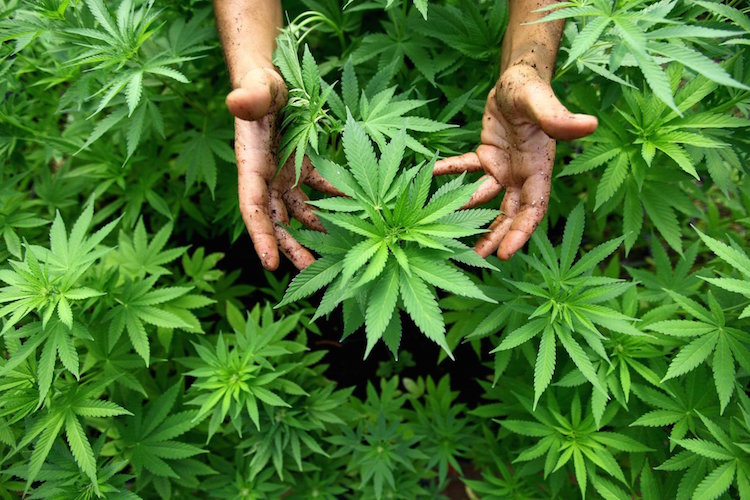California Cannabis Growers Forced to Spend Big on Mandatory Safety Tests

Study also finds high cost to disposing of rejected product
The high cost of testing cannabis in California leads to higher prices for the consumer, which could drive consumers to unlicensed markets.
A new study from researchers at the University of California, Davis, finds the safety tests cost growers about 10 percent of the average wholesale price of legal cannabis. The biggest share of this expense comes from failing the test.
“Testing itself is costly,” said study author Dan Sumner, a professor of agricultural economics at UC Davis. “But growers have to destroy the product that doesn’t pass the test and that is where the biggest losses occur.”
[do_widget id=text-16]
In California, every batch of cannabis has to be tested for more than 100 contaminants before it can be sold to consumers by a licensed retailer. The safety testing laws — the most stringent in the nation — include testing for 66 pesticides with tolerance levels lower than allowable by any other agricultural product.
Sumner said an elaborate track-and-trace system for cannabis plants makes it difficult for a batch that failed testing to enter the legal market.
Zero tolerance
Most testing failures are the result of the state’s low- or zero-tolerance levels for pesticide residues. Food that is compliant under regulations can have higher minimum detection levels of pesticides than what is required under cannabis laws and regulations.
While labs can and often re-test cannabis if it fails, some labs have reported up to a 10 percent variation in test results taken from the same sample. The cost of testing also varies by batch size, especially for batches under 10 pounds. The maximum batch size allowed in California is 50 pounds, but many are smaller than 15 pounds. Sumner said failure rates declined from 5.6 percent in 2018 to 4 percent in 2019.
High costs vs. unlicensed market
The study finds that higher testing costs translate into higher prices for the licensed cannabis market.
“No one wants a policy shift away from testing cannabis,” said Sumner. “But for price-sensitive consumers, the alternative is an illegal market. That means they consume a product with no testing at all.”
Further investigation is needed to determine the costs and benefits of current regulations in relationship to the unlicensed cannabis market, he said.
Sources:
University of California – Davis
Journal Article
Subscribe for natural health news to your inbox. Follow Natural Blaze on YouTube, Twitter and Facebook.


